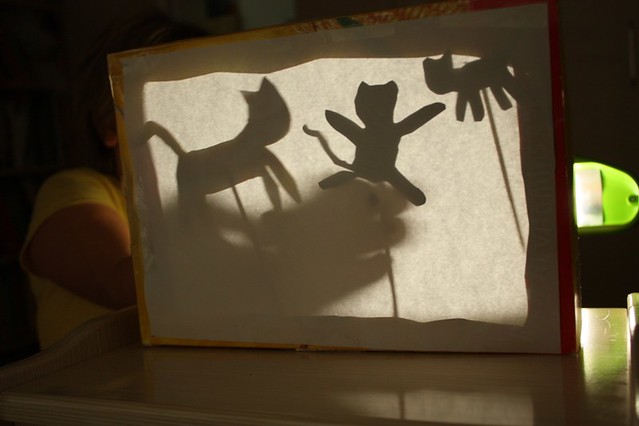During the subject ICT in the Primary Classroom, our teacher, Mª Jesús, invited us to accept the challenge of designing an e-project for primary classrooms according to different topics. Therefore, eight teams were created to face this challenge.
After three intensive months of work, we finished our projects and we had the chance of presenting them to the world. This conference, presented by Angelika Güttel-Stahlhofer, started with a presentation of our teacher giving a brief summary of the aims she stablished. Afterwards, one member of each team presented their e-project with the main goals they wanted to achieve or activities and resources people will be able to find on each blog.
According to our e-project, Heal the world with stories, was our partner Laura, the one that presented it. She explained the design of our blog, the aims we wanted to achieve and the activities we have proposed to be carried out.
At the end of her speech she pointed out the aspects we should improve and the difficulties we found learning how to use these technologies, most of them new for us. Despite of that, she mentioned that we were very proud of our results because we reached our goals and learnt a lot.
To sum up, we want to thank to Virutal Round Table and Angelika Güttel-Stahlhofer for the opportunity they let us participate in this wonderful activity and gave us the possibility to share our blog with the rest of the world. We also thank to our ICT teacher, Mª Jesús, for all her work, patience and teachings during these months and for showing us another way of seeing ICT and how we can use them in a real primary classroom.


